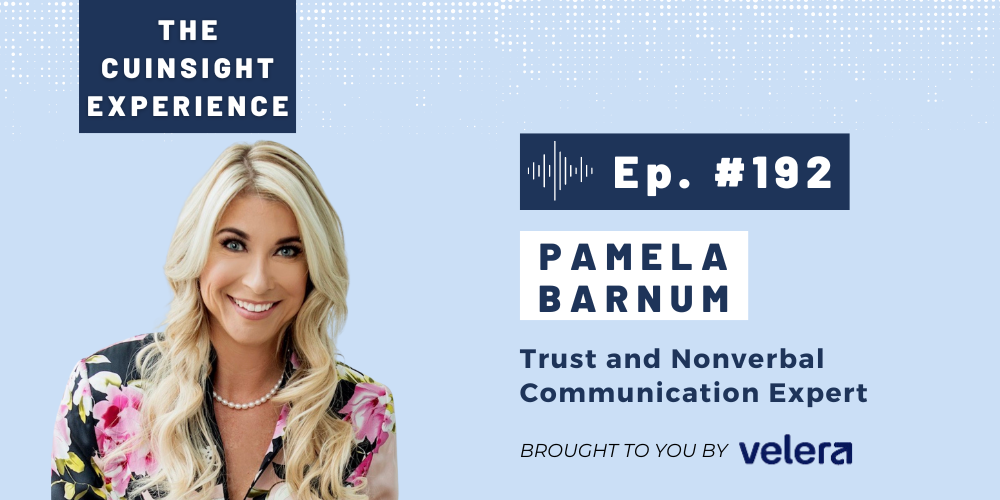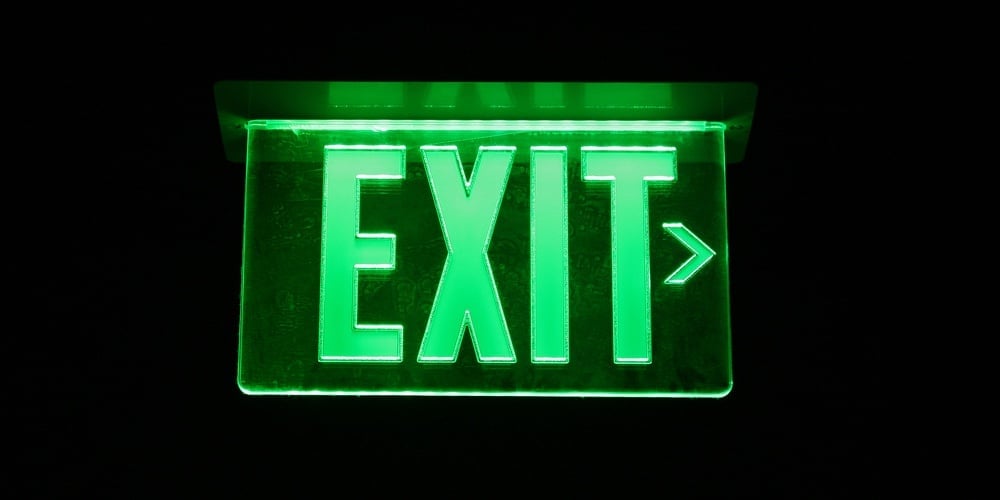Have you ever left a meeting, and no one in the meeting could recall what decision was made about a specific topic? Were you ever in a meeting and thought, “these issues could have been addressed with an email?” How many times have you been in a meeting and wondered why you were there, because none of the topics pertained to you?
I’ve participated in countless meetings in my professional life and in my volunteer roles. Some meetings were quite effective, and the attendees left all revved up about the projects. But other meetings were a complete waste of time with attendees who wanted to be anywhere except in that meeting. I worked for a company years ago, and we would actually have a meeting ABOUT the meeting. At that same company, I was told by the CEO that I should keep two hours clear after every meeting in case any particular meeting ran long. Seriously. Two hours. After every meeting.
Meetings are a necessary and valuable tool in the collaborative process. But bad meeting habits can quickly slaughter the productivity of any meeting.
Here are some common bad meeting habits. Are any of them yours?
Bad Meeting Habit #1: No Agenda.
A meeting agenda is critical for the productivity of the meeting, even if the attendees include only a few people. On several occasions, I have participated in meetings with no agenda. Many were “free for all” discussions about any topic under the sun. One meeting even included a play-by-play of the miraculous chip shot to the green made by one of the attendees the previous weekend. Imagine how productive that meeting was. And imagine how thrilled I was to be there.
Bad Meeting Habit #2: No Notes.
You just have to write stuff down. Important stuff like decisions, who is doing what, and what will happen next. Determine a notetaker at each meeting to capture relevant discussion and action items and distribute meeting notes to all attendees within two days of the meeting.
Bad Meeting Habit #3: Inviting the Wrong People.
Include only those that will provide necessary information to the agenda topics. Those who aren’t needed and not invited will thank you.
Bad Meeting Habit #4: Not Being Prepared.
Unprepared participants can really slow down a meeting as well as the project. An agenda will help ensure that attendees have an idea of what to prepare. You don’t want to be the one who shows up at the meeting without your homework.
Bad Meeting Habit #5: No Start and End Time.
Time is money. Set a start and end time for the meeting and then stick to it. Don’t penalize the on-timers by waiting for the late arrivers. Start at the scheduled time.
Bad Meeting Habit #6: No Facilitator.
Every meeting needs a Big Cheese, and it doesn’t always have to be the same person. The facilitator role can change, but a facilitator is a must to keep the meeting on track. You simply have to have someone in charge.
I know these bad meeting habits seem so obvious to avoid. But when they sneak into your meeting, you can kiss your productivity goodbye. Over the years, I’ve facilitated many types of meetings - Strategic Planning Sessions, Management Meetings, Staff Meetings, In-Service Training Days, and many others. Below are a few of my ideas that may help improve your meeting productivity.
Tangent Monitor. At the beginning of a meeting, a Tangent Monitor is selected. (Sometimes this involves a bribe of chocolate or a $5 Starbucks gift card.) It’s important to note that the Tangent Monitor is not the facilitator. Throughout the meeting, when the conversation takes a left turn, the Tangent Monitor will interrupt and designate the issue as a tangent and note the topic of discussion to address at a future meeting. This practice preserves the meeting’s focus while not losing other pertinent discussion items.
60 Second Rule. We’ve all been in that meeting with someone who just loooooooooooooooves to hear themselves talk. About anything. About nothing. So, I have a little sign with a “60” on it. If someone is yammering on and on, anyone can pick up the 60 sign, and the speaker then has 60 seconds to make their point and then zip it. I explain the 60 sign at the beginning of the meeting, and everyone agrees to use it respectfully. It keeps the meeting dialogue on track, and it deters one person from monopolizing the conversation. Remember, nobody likes a Big-Mouth-Know-It-All.
TTD (Things To Do) List. The TTD list is included at the end of the meeting notes. Each TTD item includes a detailed task and the person responsible. At the next meeting, the TTD list is reviewed to ensure tasks were completed. This is an effective tool to foster accountability. When a task is documented in writing with a specific name, people tend to become a bit more accountable.
Last One in Their Chair. This habit is a good one to ensure the meeting starts on time, and it was devised years ago when I worked at a credit union. The credit union supplied treats (donuts or pastries) at the monthly staff meeting. The last person in their seat was responsible for getting the treats for the next meeting. The credit union picked up the tab, but that person was responsible to get them. This rule applied to every single staff person, CEO included. It was an effective practice, because absolutely no one was exempt. And I can assure you that after that rule was implemented, our meetings started on time with everyone present.
Think of your meetings. What are your habits? Are they bad? Are they good? If you’re having productive meetings and the participants leave enthused, energized and excited to get to work, give yourself a pat on the back! Kudos to you! But if you’re having meetings where participants are absolutely thrilled the meeting is over, you might want to evaluate your meeting structure. Meetings are a critical part of the functionality of a business, but if we get it wrong, the results can be detrimental to the forward movement of any organization.
If you’re still wondering why an effective meeting is that important, consider your bottom line. Determine the hourly wage of every employee who sits through an unproductive meeting and multiply that by how many hours the meeting lasted. That’s how much money you just threw out the window. Plus fifty bucks for the bagels.
I hope you find these points helpful to your organization’s meeting productivity.
If not, maybe we should have a meeting about it. I’ll do the agenda.
For more information about Jayni or how her company might help your credit union, visit their website at www.marketingsolutionsunltd.com or email her directly at Jayni@marketingsolutionsunltd.com.







